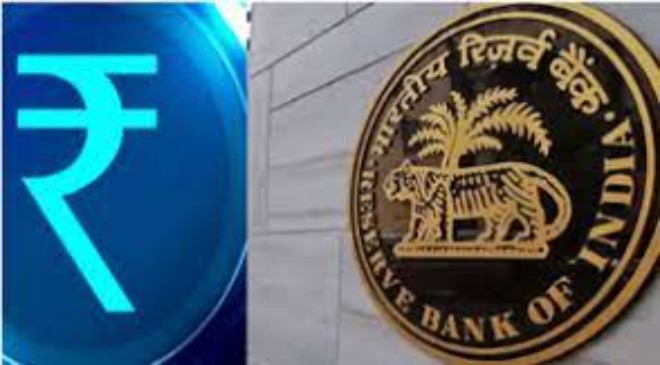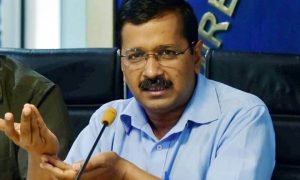With several aspects of e-Rupee and how it is different from UPI still not clear to many people, RBI Governor Shaktikanta Das explained the difference between the Central Bank Digital Currency (CBDC) or digital rupee and UPI, even as he addressed concerns about the possible fallout of lack of anonymity in CBDC transactions.
Das said that in case of a UPI transaction, an intermediary which is bank is involved. While using UPI app, a message goes to the bank, the account gets debited and the money is transferred to the recipient’s account, where it gets credited – all with the intermediation of the bank, he explained with this example.
Read More: After Zomato, Swiggy Likely to Lay Off 250 Employees This Month
On concerns being raised by various quarters over privacy, he said, “When you pay in currency notes to another person, no one can find out because that information is not available to the bank. Even in the case of CBDC, you cannot find out because the information is not available to the bank. It goes from my mobile to another mobile. So, why should we create a fear psychosis”.
As per National Payments Corporation of India (NPCI’s) official website, “UPI is a system that powers multiple bank accounts into a single mobile application (of any participating bank), merging several banking features, seamless fund routing & merchant payments into one hood.”
“Any UPI transaction involves the intermediation of the bank. So, when I use a UPI app, my bank account gets debited and money gets transferred to the recipient’s bank. In paper currency, you can draw Rs 1,000 from the bank, keep it in your wallet and spend it at a shop,” Das said.
Read More: HDFC Bank Raises MCLR Rate; Loans, EMIs Get Costlier; Check Details
“Similarly in CBDC, you will draw the digital currency and keep it in your wallet in your mobile. When you make a payment at a shop or to another individual, it will move from your wallet to their wallet. There is no routing or intermediation of the bank,” Das said.
Deputy governor T Rabi Sankar added that CBDC can enable the movement of money directly between two private entities, individuals or businesses, similar to cash. While in UPI, the movement is only between two bank accounts.
“Plus, its (CBDC’s) use cases can be many more. Money has various functions, it can do all those functions. It all depends on how much our startup and fintech ecosystem innovates and what kind of payment channels it opens up. We will set up the base system and then the private sector can innovate,” Sankar said.
Das also sort to address concerns about the possible fallout of lack of anonymity in CBDC transactions.



































